

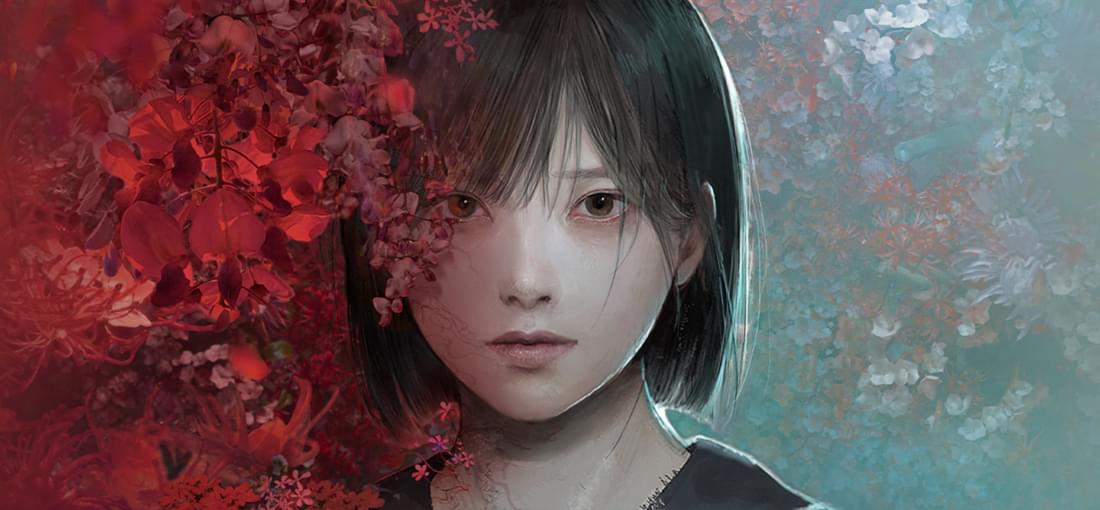
The game doesn't take place in Silent Hill, doesn't mention Silent Hill, doesn't mention or involve The Order, and has nothing to do with any of the original stories or characters. The gameplay is more similar to Dark Souls than it is to any other game in this series. This is a "Silent Hill" game for people who don't play Silent Hill.

[Overview] SOMA is a sci-fi horror game by Frictional Games, creators of the Amnesia and Penumbra series. It’s set in an underwater research facility in the year 2104. You play as Simon Jarrett, who wakes up in the facility with no memory of how he got there. As he explores the abandoned, decaying station, he uncovers mysteries about the facility's purpose, its missing crew, and his own identity. [Positives] - Like Amnesia: The Dark Descent, this game has a very intractable world. Many objects can be picked up and interacted with. - Solid gameplay. If you like Amnesia’s gameplay loop, this is very similar, although stripped down. - Very immersive. Many of the computers and other objects can be interacted with making the world come off as more authentic. - Decent music and sound design. - Solid voice acting. - Solid art style, but some of the textures are incredibly low resolution for a 2015 game. [Mixed] - After seeing all the hype, I found the story to be fairly disappointing. It feels like a less effective version of something like Blade Runner/Do Androids Dream of Electric Sheep. SOMA has similar themes, but it doesn’t really break much new ground within the genre. Simon comes off as a fairly stupid and whiny protagonist. The truth is explained to him multiple times over, he can even look into mirrors and examine this for himself, and yet he still never really seems to get it despite the situation being pretty simple to comprehend, although understandably heavy. It feels like Simon is lagging behind the games own story and holds it back as a result. The game also has excessive lore dumps. They start out interesting and even immersive as many pieces of lore are told through computer logs, but they start to get long, repetitive, and uninteresting after some time. - Weak-ish horror. The game just isn’t that scary for the most part. Compared to Frictional’s other games, this is definitely among their least scary. There’s some usage of cheap jumpscares which is lame considering that Frictional has proven themselves to be great at creating atmospheric horror. Some enemy encounters can be pretty tense, but even on normal difficulty you can tank hits from certain enemies with very minimal consequences. - The bloom visual effect is excessive and ugly, but thankfully it can be toggled off. [Negatives] - Gameplay elements are locked to 60 FPS even when running uncapped. This essentially causes the game to run at a capped 60 FPS, even if you’re running at a higher framerate. There is no current way of fully unlocking this limit. - Gameplay is heavily simplified compared to Amnesia. There’s no more sanity mechanics, healing items, or limited lantern (flashlight). Instead you get a mostly unlimited flashlight and healing stations. Resource management is effectively gone. The inventory system has been simplified to the point where it barely even exists. You aren’t able to save notes or anything like that, any notes that you find will always remain in it’s original location. - The monsters are incredibly underwhelming. Stalker enemies mostly follow scripted paths, enemies in the underwater sections are so slow that they you can run right past them, enemies teleport and stop chasing after they hit you, etc. The game is very easy and enemies are barely a threat. Once you realize this, their scariness nosedives pretty heavily. - Choices don’t matter. There’s a handful of tough decisions that you can make throughout the game, but they have absolutely no effect on anything. The choices simply exist with no consequences or impact. - In-game V-Sync can cause pretty bad performance issues. - The settings leave a lot to be desired. There’s very few options and no way to disable effects like depth of field or the ugly chromatic aberration. FXAA is the only anti-aliasing option which leads to blurry/jagged visuals. - Safe mode (journalist difficulty) is a lame addition to include, especially in a game that’s already very easy. - $30 is a bit steep for how old and short the game is (~9 hours) and there’s not much replay value either. [Conclusion] It’s a decent game. Not the most scary or difficult, but I’d say that makes it a solid pick for newcomers to the Horror genre. It feels like Amnesia Lite with a Blade Runner inspired story. Get it on sale. 7/10

[Overview] Metro 2033 is a 2010 post-apocalyptic FPS game. The story is set 20 years after the events of World War III. It has you playing as a man named Artyom, who has to travel across the underground subway system of Moscow. During this journey you have to face all sorts of potential threats like mutants and human factions; you’ll also encounter the mysterious ‘Dark Ones.’ Metro 2033 Redux released in 2014. It aims to bring the original Metro 2033 up to the higher quality standards of the sequel, Metro Last Light. It released to positive reception from fans and critics and is generally considered to be an improvement over the original version. [Recommended Tweaks] - Adjust FOV (Set it to 59 for a horizontal FOV of 90. Look up how to do this on PCGamingWiki.) [Positives] - Great atmosphere and visuals. This is definitely going to be the main appeal of this game for most. - Very immersive, especially on Ranger difficulty. - Solid graphics. They aren’t the greatest by todays standards, but it has a well designed gritty aesthetic. - Decent gameplay. It can be a bit too janky and linear at times. - Decent weapons. The weapon designs are pretty unique and interesting. - Decent music. It fits the tone of the game pretty well, very moody and atmospheric. - Decent story. - Combat, stealth, and AI are improved in the Redux version. [Mixed] - The original versions of Metro 2033 and Metro: Last Light were delisted from sale by the publisher. While Redux is a definite improvement, it's a shame to see the originals delisted. [Negatives] - The moral point system can be annoying and inconsistent. - The game utilizes QTE segments but as part of Ranger difficulty, none of these appear on screen, making it a frustrating guessing game as to what you’re supposed to do. - Some lacking settings on PC. You cannot disable depth of field or change your FOV in game. - The combat and stealth are a bit janky. - V-Sync doesn't respect your monitors refresh rate. It only locks the frame rate to 60 FPS. - The tessellation graphics option can be a major FPS hog. [Conclusion] Metro 2033 is a pretty good game. Redux does a solid job at fixing the issues of the original version. Definitely a game for any post-apocalyptic FPS fan. 7.5/10
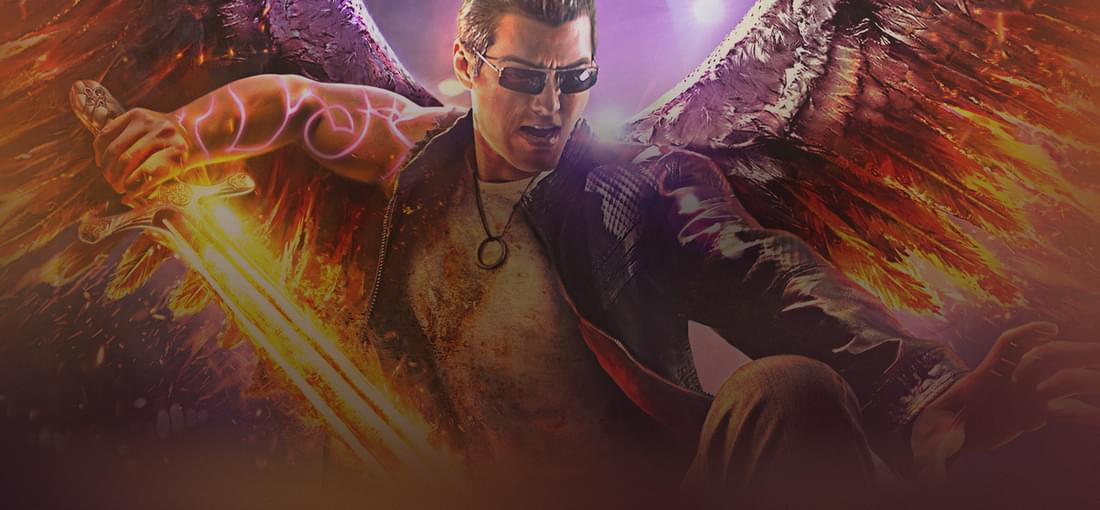
If the Saints Row reboot never happened, Gat out of Hell would still be the worst game in this franchise. This game is basically what amounts to an overpriced and under-achieving standalone DLC. Gat out of Hell costs $15, it has a grand total of 8 missions which can be beaten in 4 hours, and it ripped out more features from Saints Row IV than I can even count. They were too cheap to spend any money on songs for the radio, so this game has absolutely no music in it. The map is boring and lifeless, even more empty than Steelport. The game's cutscenes are also done as a musical, which probably appeals to about 3% of Saints Row fans. The story is stupid, boring, and pretty lazy at times. The only good thing is that you get to be Johnny Gat. 4/10
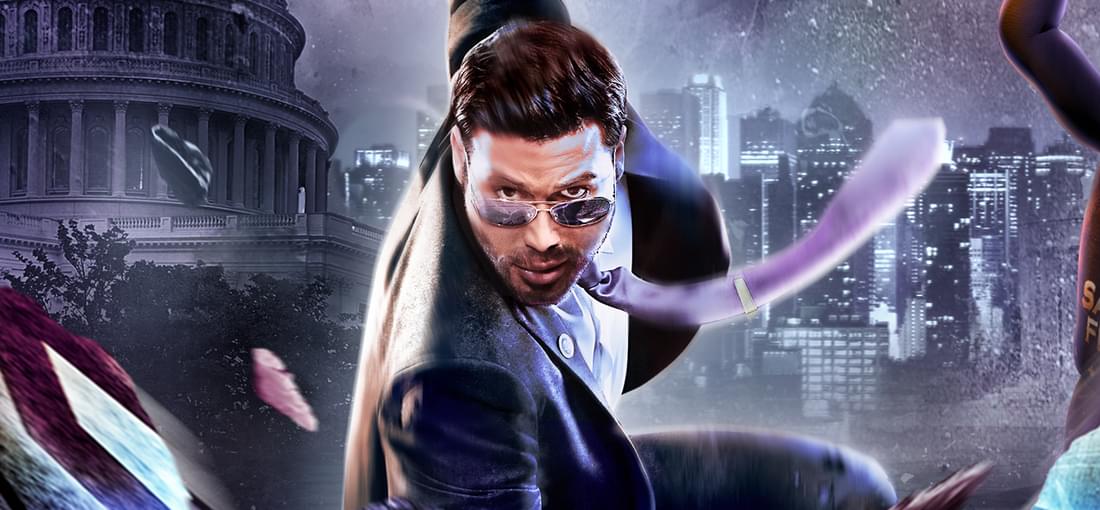
[Overview] Saints Row IV isn't a terrible game by any means, but being a game that's in the Saints Row franchise, it's not very good. This game suffers from many of the issues that Saints Row: The Third had, but worse. Saints Row IV is ultimately a product of Volition ignoring all the constructive feedback they got from Saints Row: The Third. [Positives] - The game's music is pretty solid, though some of it feels disconnected from the games themes. - The superpowers can be fun at times, despite the issues they cause. - Some of the missions are fun and memorable. [Negatives] - GOG version reportedly contains Epic Games Launcher DRM. - It suffers from an overly goofy plot that is difficult to connect to in any way other than pure humor. - Steelport still feels completely empty and lifeless, once you complete the story and collectibles, there's really nothing to do. - No cribs or crib customization. Remember when this series was about running a gang empire? - The game has little difficulty due to the OP super powers and the super sprint ability makes driving cars basically useless in a Saints Row game. - Co-op is very buggy on PC, both players need to lock their FPS to the same number or else certain scripted missions will just completely break and become unbeatable. [Conclusion] Saints Row IV comes off as a weird flanderization of the most shallow aspects of the franchise and it excludes the things that made it big in the first place. Volition was so afraid of Saints Row being considered a "GTA Clone" they they decided to get rid of anything resembling the first two games. If Saints Row IV were released under a different franchise, I wouldn't have many issues with it, but this game being shoehorned into Saints Row just doesn't work. For the record, even though The Third was a downgrade from SR2, I actually did like it despite it's many flaws. Saints Row IV, however ignored all of it's issues and even amplified some of them. Making it one of the most controversial games in the franchise. The presence of DRM on the GOG version is ridiculous and completely contradicts what the platform is meant to be. On a more positive note, Saints Row IV is still far better than Gat Out of Hell and the garbage reboot. 6/10
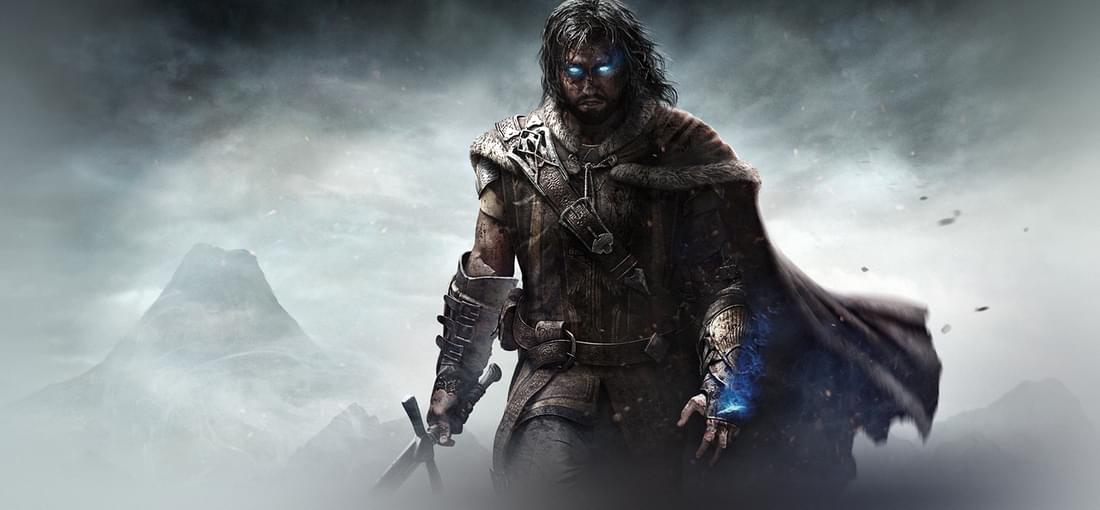
[Overview] Shadow of Mordor is an open world action/stealth game inspired by similar games such as Batman: Arkham and Assassin's Creed. The story takes place between the events of The Hobbit and The Lord of the Rings. You play as Talion, a Gondorian Ranger whose family is sacrificed by the Black Hand of Sauron in order to summon the wraith of the Elf Lord Celebrimbor. Talion's life is saved by Celebrimbor and they set off to seek revenge against Sauron and the Black Hand. Throughout the game Talion is able to utilize Celebrimbor's wraith powers in order to give him various advantages and abilities, even the ability to cheat death. Shadow of Mordor is most notable for it's gameplay mechanic known as the Nemesis system. This mechanic introduces a hierarchy of rival Captain and Warchief ranked Orcs that have dynamic names, titles, traits, power levels, abilities, classes, strengths, and weaknesses. They have a memory of general events related to them (such as them killing the player, the player killing their guards or mounted caragor/graugs, the player finding them after they successfully flee, etc.) and will reference these events in dialogue. This system was widely praised for making Talion's enemies incredibly dynamic and immersive. [Positives] - Good gameplay. It takes a lot of influence from games like Batman: Arkham and classic Assassin’s Creed. - Great graphics and art style. - Good soundtrack. - The Nemesis system is really cool. It’s not quite as advanced as it is in Shadow of War, but it’s still a lot of fun and really impressive. - Good upgrades/skills. The skills you unlock make a huge difference in how you play the game. - Decent story. It’s fairly minimal, but it has a much more grounded tone compared to Shadow of War which is nice. The writing and dialogue is much better in this game, far less ironic and campy. - There are a very reasonable amount of collectibles, it’s not spammy or excessive like in other similar games. Getting in-game 100% completion is very realistic. [Mixed] - The controls and the camera can be pretty awkward and buggy, but it’s not completely terrible. - The two story DLCs are lazy, mediocre, short, and overpriced. They re-use the base game maps (no new locations), barely have any actual missions, can be beaten in two hours each, and aren’t really that fun. The only main positive is that the Bright Lord DLC has a much better final boss than the base game which makes it worth playing at least once. [Negatives] - Online servers were shutdown in 2020 making the online missions and features no longer available. - The game uses pre-rendered cutscenes which is disappointing. In-engine cutscenes would’ve looked great. - A lot of story missions involve sections of slowly following a companion while listening to dialogue. It’s a real waste of this games time given that there are only 20 story missions for the entire game and some of them are fairly short. - Some of the best gameplay mechanics are introduced far too late into the game. For instance, by the time you unlock the ability to dominate Captains, there are only four story missions left in the game. - The final boss is absolute garbage. It’s a lazy QTE sequence instead of an actual fight. The later parts of the story feel pretty rushed as well. - Failing a side mission doesn’t give you a retry button, instead making you go all the way back to the mission marker to retry. This can get pretty frustrating, especially during the more difficult side missions. - Weapon runes feel lackluster. It’s all RNG which runes you get by killing Captains/Warchiefs, some runes are great, some are kinda useless. You’ll usually end up equipping whatever just kinda works instead of worrying about truly optimizing them. - Some slight technical complaints. The only anti-aliasing options on PC are FXAA or super-sampling. The frame rate is capped at 100 FPS, it’s possible to disable this limit through tweaks, but it causes a bug in one of the story missions. [Conclusion] Shadow of Mordor is easily one of the best Lord of the Rings games out there. It’s like if Ubisoft were capable of making a quality game. The gameplay is solid and the Nemesis system makes the world feel alive, dynamic, and replayable. 8/10
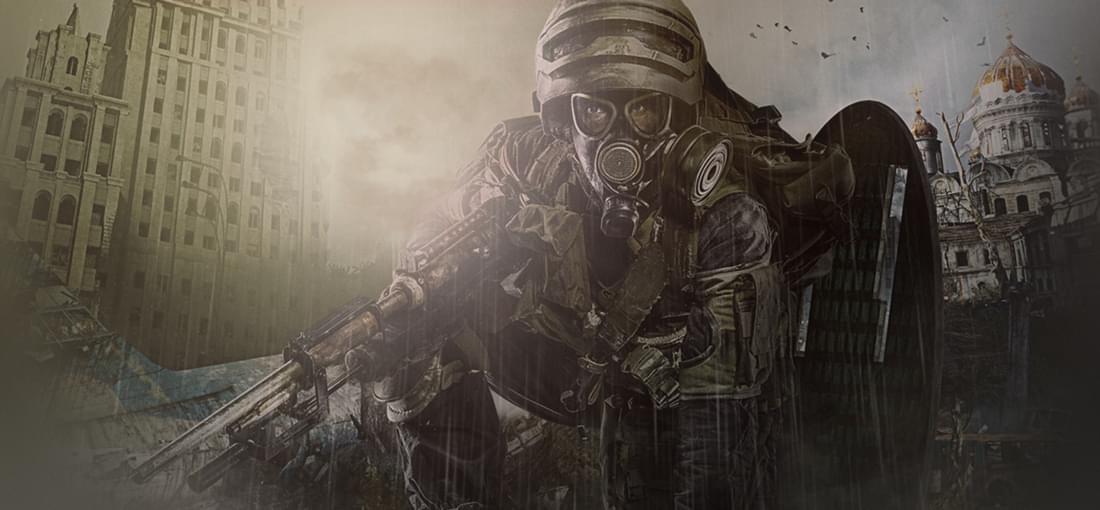
[Overview] Metro: Last Light is the sequel to Metro 2033, following the events of that games ending. After the bombing of the Dark Ones, Artyom, who is now a Ranger, is tasked with hunting down one of the survivors. [Recommended Tweaks] - Adjust FOV (Set it to 59 for a horizontal FOV of 90. Look up how to do this on PCGamingWiki.) [Positives] - Great atmosphere. This is definitely going to be the main appeal of this game for most. - Very immersive, especially on Ranger difficulties. - Solid graphics. They aren’t the greatest by todays standards, but it has a well designed gritty aesthetic. - Decent gameplay. It can be a bit too janky and linear at times, but it’s not too bad. - Decent weapons. The weapon upgrade system is a nice addition over the original version of Metro 2033. - Decent music. It fits the tone of the game pretty well, very moody and atmospheric. - Decent story. - Combat, stealth, and AI are improved in the Redux version. [Mixed] - The original versions of Metro 2033 and Metro: Last Light were delisted from sale by the publisher. While Redux is a definite improvement, it's a shame to see the originals delisted. [Negatives] - The moral point system can be annoying and inconsistent. One odd example is a positive moral point in Bolshoi for peeping on a couple of bathing women and listening to their conversation. - The game utilizes many QTE segments but as part of Ranger difficulty, none of these appear on screen, making it a frustrating guessing game as to what you’re supposed to do. - Some parts are overly scripted and linear. - Stealth is very basic and sometimes janky. - Some of the DLC missions are unfairly difficult. - Some lacking settings on PC. You cannot disable depth of field or change your FOV in game. - The tessellation graphics option can be a major FPS hog. [Conclusion] It’s a bit less atmospheric and a lot more action compared to 2033, but Metro Last Light is still pretty good. The cinematic and scripted bits don’t hold up the greatest. Still a worthwhile game to try out. 7.5/10
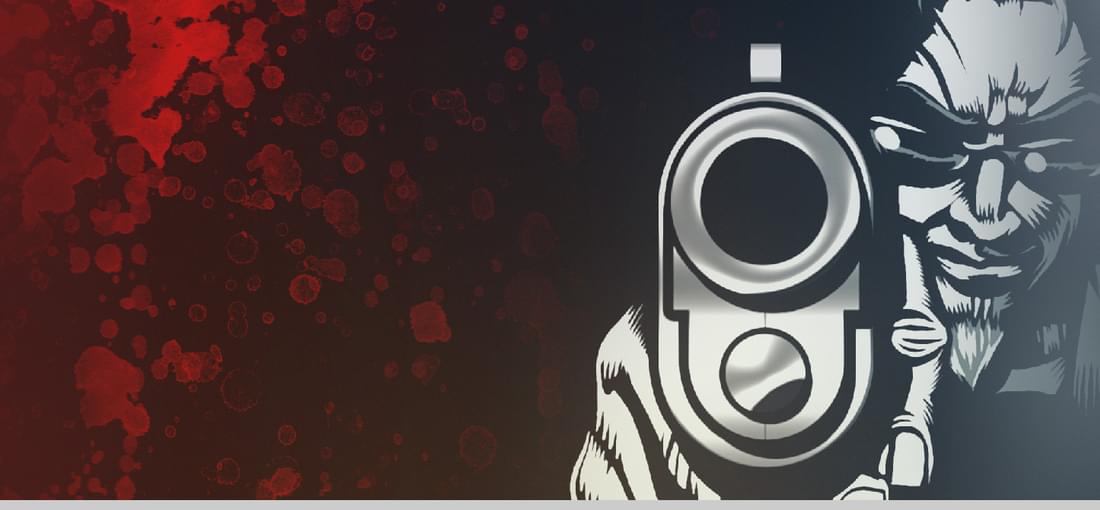
Postal 2 is not what I would traditionally consider as a "good" game, but it somehow manages to come together and create a solid, addictive experience all around. Firstly, Postal 2 is a significantly different game to the original Postal. Whereas the original Postal is a very serious and edgy twin stick shooter (which later inspired the mediocre game 'Hatred'). Postal 2 is a very comedic, yet still edgy first person shooter. Postal 2 largely drops the serious edgelord vibes of the original game for a much more comedic but still offensive style. I feel that the more comedic style of Postal 2 has aged much better than the serious style of the original Postal. Postal 2 is sort of the South Park of video games, it's caused a ton of controversy and has something in it that will offend just about everyone. If you aren't comfortable with being offended, then this definitely isn't a game for you, but if you can appreciate the satirical tone of the game, some of the offensive humor can be appreciated. -Postal 2- The base game of Postal 2 is definitely where I think the game shines the best. The simple premise of the game is that you are the Postal dude, now living in a trailer in the fictional location of Paradise, Arizona, and you need to get through the week completing all your errands for each day. These errands are often seemingly simple tasks like getting milk from the store or getting an autographed copy of Gary Coleman's book (voiced by the real Gary Coleman). These tasks may seem simple and they absolutely can be, but where Postal 2 gets interesting is that the game gives you a large amount of freedom to complete the tasks however you'd like. Want to buy milk like a good civilian? Save up the cash and feel free to do that. Want to hold up the store and steal the milk just to avoid spending a few bucks? You sure can do that as well. Postal 2 gives you such a large amount of choice and freedom that it's actually possible to complete the entire base game as a pacifist and I believe there's actually an achievement for doing so. The objectives, while seemingly mundane and simple, can actually be quite fun given the variety of ways that they can be completed. Another thing that often happens is a twist. You can complete an errand when all of a sudden something goes wrong and you have to deal with it. Such as when you need to get a toy Krotchy from the mall but they're all sold out. So one of your options is that you can choose to go in the back and steal one from storage, but if you do this, then the Krotchy mascot will rush into the room with a rocket launcher and a large amount of health, causing a fairly difficult fight to ensue. You never really know what to expect on your first playthrough of Postal 2, and that's one of the greatest things about it, it's unpredictable and keeps you on your toes. So those are many of the positives of the base game, but what about some negatives? Well Postal 2 definitely has some issues worth mentioning. First is the amount of loading screens. The map of Paradise in Postal 2 is split up in chunks separated by loading areas. Obviously this was due to weaker computer hardware at the time, but playing the game on a modern system, some of these maps are pretty tiny and require loading screens to travel around constantly. Thankfully due to modern hard drives and SSDs, the loading is pretty quick nowadays but back when this game first released, it was probably awful to have to wait around loading so often. Another issue with the game is the odd weapon balance. Some of the weapons are really good and other feels very weak and sometimes useless. The rifle is a solid gun, but has pretty bad bullet spread making it very inaccurate. The pistols are pretty accurate but have weak damage, even when getting headshots. The base game shotgun can require sometimes 3-4 shots to kill an enemy on Normal difficulty which feels odd. The sawed off shotgun from the Apocalypse Weekend expansion feels a bit more powerful than the regular shotgun. The guns take a bit of getting used to, but when you learn how to use them, it's really not that much of an issue. Other than that, there are some smaller issues. There are odd bugs and janky mechanics here and there. The map doesn't always align with the world perfectly and sometimes the fire effect can cause big FPS drops. These are just some slightly annoying issues, but nothing that really ruins the experience. Overall, I quite liked the base game and it was definitely a solid experience despite some of the jank and flaws with the game. The satirical gameplay of taking common, everyday mundane tasks and turning them into crazy memorable events is quite enjoyable and fun to play through. 8/10 -Apocalypse Weekend- Apocalypse Weekend is the second expansion for Postal 2. The first expansion was Share the Pain, which added multiplayer but no new story content as far as I know. Apocalypse Weekend picks up where the base game left off. After the Dude's "firearm accident" on Friday, you wake up in the hospital having survived, albeit with some head trauma that causes scripted hallucinations throughout the expansion. It's now Saturday and instead of being back in Paradise, you're in a new map called Lower Paradise. This map is much more linear than the base game which was a bit disappointing. Actually, the entirety of Apocalypse Weekend is much more linear in general than the base game. This does have some benefits of having a few cool linear levels, but I missed that extra freedom that you get in the base game. Regardless, instead of having a checklist of errands to run, you just kinda go through the level, Half-Life style. Sometimes the Dude will say a subtle voice line hinting to the player on how to progress so that you don't get stuck. There's no map available for Lower Paradise which is a bit frustrating at times because the main area of Lower Paradise can be confusing to navigate and it's easy to get lost. Apocalypse Weekend, given the name, has you play through Saturday and Sunday as two new days. Like I mentioned, the style is much more linear, so it doesn't really feel like an extension of the base game, but it's not bad either. I felt that Saturday was just alright. It has some good moments (like the famous Pigeon Mission cutscene), but some of the missions were just plain and boring. Bashing cows with a sledgehammer gets old after about 2 minutes and the linear style of the mission just makes it feel incredibly boring. Sunday, I felt was a bit better. There's still some boring moments, but the later sections are very action packed and fast paced which is where the linear level design actually works pretty well. The new weapons in Apocalypse Weekend are pretty good and fun to use. Overall, Apocalypse Weekend is solid, but lacks the freedom that makes the base game so addictive. 6.5/10 -Paradise Lost- It was a pretty big surprise when over 10 years after the game had released that a new DLC expansion was announced to be releasing in 2015 called Paradise Lost. This one begins long after the ending of Apocalypse Weekend. It returns back to the Monday-Friday week system of the base game which is really nice. The map is a bit different than the base game as a result of the end of Apocalypse Weekend. The idea of this DLC is that you return to Paradise looking for your dog, Champ. You also find that you have a new voice inside of your head: the "Alternate Postal Dude" from the 3rd game that we don't talk about. This DLC has many new and returning characters and factions from the base game and you get much more freedom in this DLC compared to Apocalypse Weekend. Overall this was an improvement over the previous DLC, but still fell a bit short of the base game. I'd like to go into more detail, but I've just about maxed out the review limit here, so I'll say that if you liked the base game, you'll probably enjoy it. 7/10
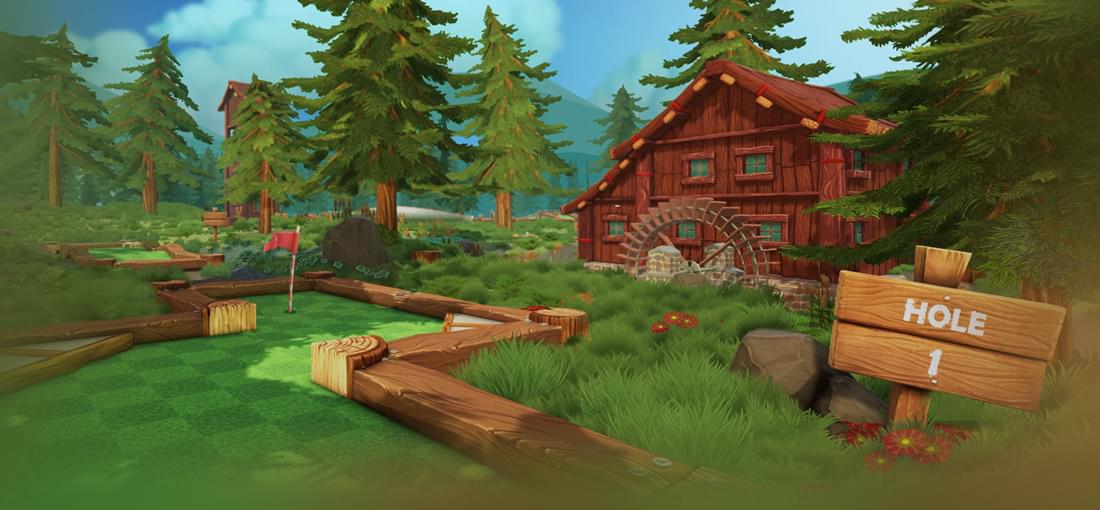
[Overview] Golf With Your Friends, developed by Blacklight Interactive, is a casual mini-golf game supporting solo play or up to 12 players in online multiplayer across 13 courses. In addition to traditional mini-golf, it offers Basketball and Hockey modes for varied gameplay. [Positives] - Great game to play with friends. - The physics feel pretty good. - There's good variety in the base game maps and they're mostly solid (With a couple exceptions). - Good amount of cosmetics. - Has gamemode settings that can be tweaked for extra fun. - Has a level editor and Steam Workshop support for custom levels. - $15 for the base game is pretty reasonable. [Mixed] - The alternative gamemodes like Dunk and Hockey are decent, but the maps are clearly not designed with these modes in mind. This can lead to odd issues where something in the map may be slightly blocking your goal, or a goal may have awkward or changed placement. [Negatives] - Very overpriced and lackluster DLC. - The game isn't the most casual friendly. Many courses are difficult and require trickshots in order to keep up with par. - Some maps can be frustrating and not fun to play. - Tons of stuck spots on various maps that are impossible to escape. - Fairly buggy. [Conclusion] Golf With Your Friends is a solid time if you have some buddies you're looking to play a more casual game with. Workshop support is great. The bugs and overpriced DLC hold it back. 6.5/10
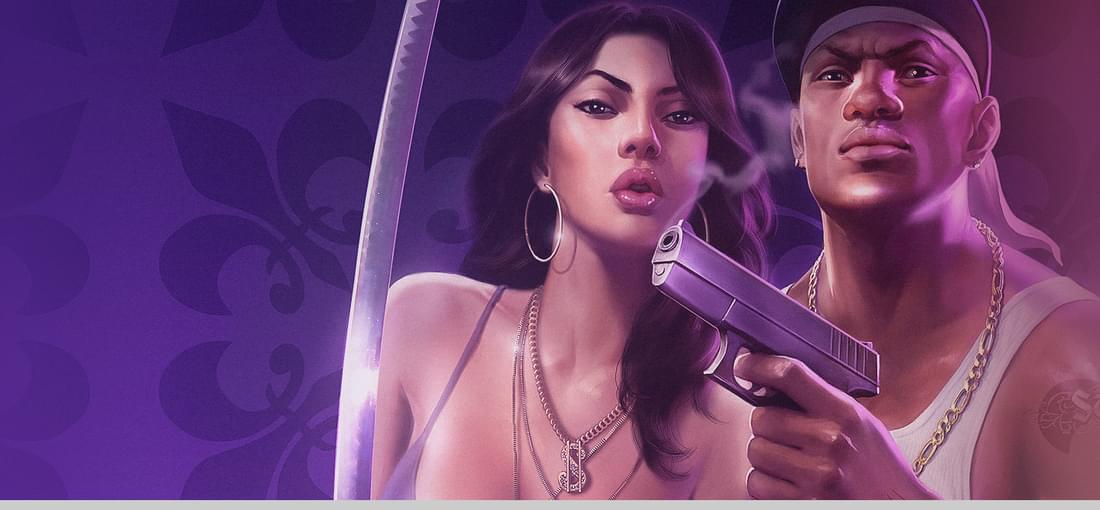
[Overview] Saints Row 2 may not have been the highest selling game in the franchise. But it's by far the best of the series and one of the most important and influential games of it's generation. Despite being an incredible game, the PC version is held back by a very poor quality port. [Positives] - Improves upon the original Saints Row in almost every way. - One of the best maps in any game of it's genre. The sheer amount of detail and interiors in this game is impressive. Not even GTA V, a game that was released 5 years later, had this many enterable buildings. - The story is the best balance between comedy and seriousness that the series has to offer. Some of the cutscenes in this game are straight up cinematic quality at times. The characters are all great too. - Saints Row 2 has one of the greatest radio music selections of any game I've played. - The minigames are incredibly fun. - Really fun (albeit janky) game mechanics. [Mixed] - The GOG version is definitely better than the Steam version, but it's still not great without mods. Check out the PCGamingWiki for mods to fix this game further. - The driving physics are just okay. [Negatives] - The PC port of Saints Row 2 is bad. It's missing the DLC missions, it's buggy, and it runs poorly. Either mod the game, play it on console, or play through an emulator like Xenia or RPCS3. - Some of the difficulty is unfair. I finished the game on Hard, so maybe Normal isn't as bad. - The game can be fairly buggy and unstable, even on console. - A lot of gameplay involves shooting out of cars. This is fine in concept, but aiming in SR2 on controller feels pretty bad. You'll probably want to use keyboard and mouse. - The Dex story arc ends on a cliffhanger that was never resolved. [Conclusion] Despite the areas that haven't aged well, Saints Row 2 is one of the best games of it's console generation and is definitely a must play for anybody who likes open world crime games. Game Rating: 9/10 PC Port Rating: 2/10